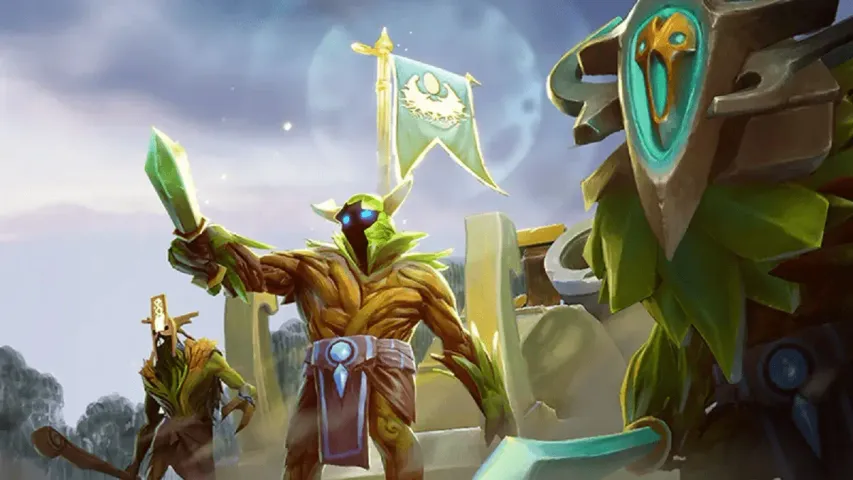
The level of micro and macro control in Dota 2 is an indicator of a player's skill and experience. One of the elements of micro control is the ability to master various subtleties and techniques related to lanes, as they are important for dominating the lane, gaining an advantage over the enemy in experience and gold, weakening the enemy, etc. The technique of controlling creeps includes many different mechanics such as stacking, pushing, last hitting, pulling, etc.
Last-hitting
At the early stage of the game, which lasts mostly up to 15 minutes, the main task of core-roles is to farm creeps, in particular, carry and midlaner, which need as much early gold and experience as possible. To get these resources, you should kill creeps on the line, as they are the main source of farming. However, killing creeps is only a general concept of your goal at a certain stage, but you need to do it correctly to maximize the effectiveness of your farm.
If you are new to Dota 2, the first thing you should remember is that you should not directly (auto)attack enemy lane creeps. Doing so will push your line forward, which will put you in a less favorable position when it will be easier for enemy heroes to attack you near their tower. The main goal of players in the corps positions on the line is to deliver the last hit to the creep to kill him and get experience and gold for killing him.
To do this, you need to get used to your character, its animation, speed, and attack power to calculate the right timing and finish off the creep. Each character has its characteristics and a necessary purchase of items at the beginning, which will increase the attack power for easy last-hits. In addition to your performance, you should also rely on external factors, such as the attack power of allied towers, creeps, and heroes. If you establish a communication link, you can enlist the support that can deal the necessary blow to the creep so that your next attack can finish it off. Some players often use the technique of attacking and instantly canceling its animation, then re-applying it until the player is sure that the attack will kill the target.
Last-hitting is most relevant at the beginning of the game, as it will not play such an important role in terms of advantage over the opponent. It is still significant that the hero kills the creep, and does not aimlessly hit him without getting any benefit.
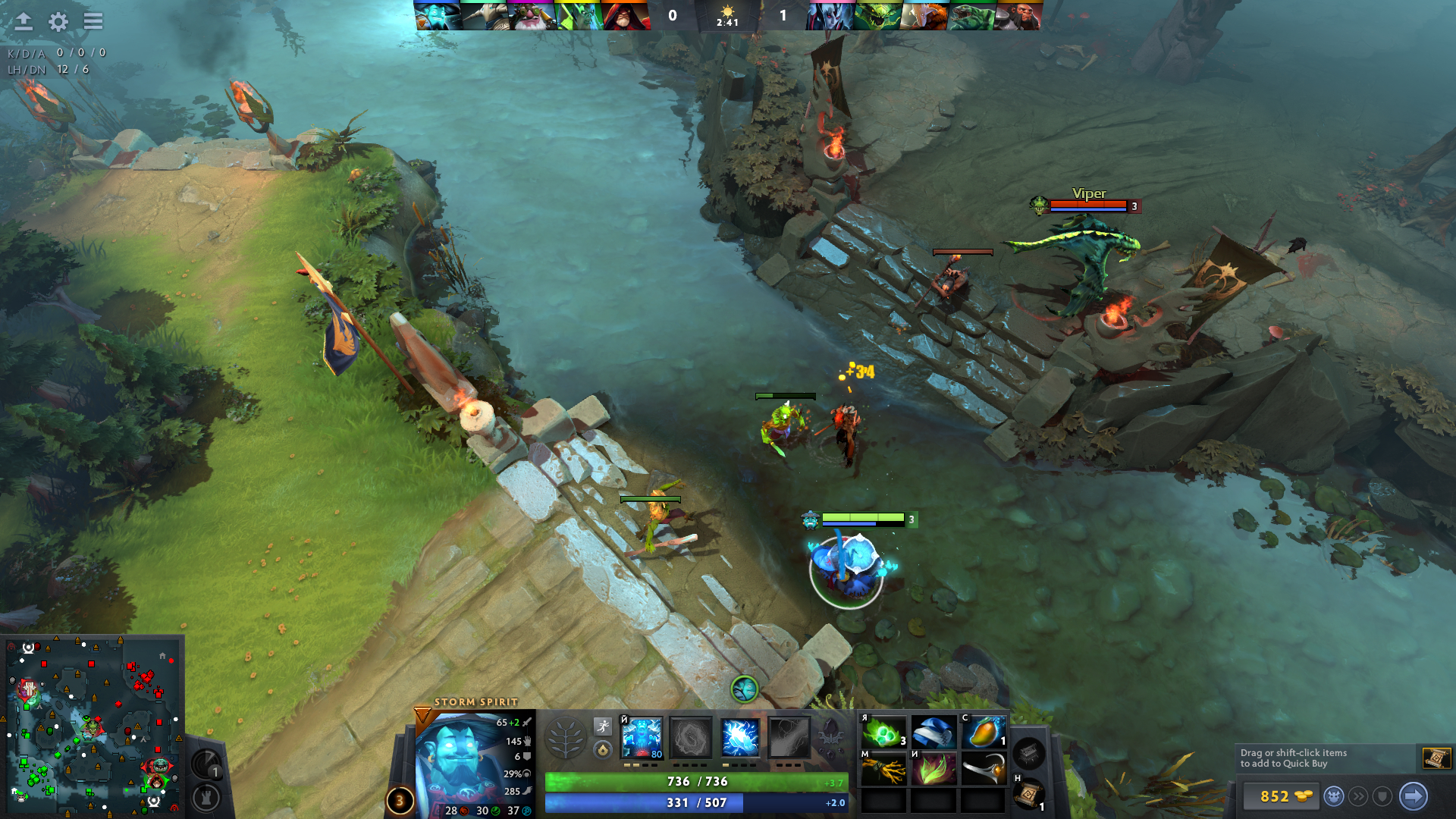
Denying
A related technique on the line will be the denying of your own creeps. Thanks to this mechanic, the enemy hero will not receive gold and only half of the possible experience, which will give an advantage over the enemy, who will have less farm, and thus will later receive the necessary items and abilities. You can deny your creeps when their health is less than 50%.
Denying creep needs you to forcefully attack it. To do this, you have to configure this function and you can do it in two ways. The first option is a manual attack using the Attack Move / Force Attack function in the key settings menu. The second option is to go to the game settings and enable the Right-Click Allies, To Deny function.
Any role can do the killing, but it is advisable to have a support do it, as it can be difficult for a laner to keep track of and finish off both his own and enemy units in time. However, support may not always have enough attack power to do this, so the main thing is to simply prevent the enemy hero from farming.

Balancing
Creep control also includes the concept of balance of the line you are standing on, and this concept is directly related to the previous ones. The task of the team on the line is to do everything correctly and provide comfortable conditions for standing and farming. As already mentioned, a blind auto attack by enemy creeps can move your creeps closer to the enemy tower. As a result, it will be easier and safer for enemy heroes to farm near their T-1 tower. You will not be able to get too close to farm yourself, as it will be easier for enemy heroes to drive you away, and as a result, your line may be left without some of the farm.
Keeping enemy creeps under your tower is not the best option either, as the tower will help you kill them faster, which will again provoke further advancement of the line in the enemy direction. Therefore, it is important to be able to control and balance the situation on the line — to finish off your own/enemy creeps, if there are enemy units left and yours are not, then keep them near the tower, but not directly under it.
The game also has an interesting feature of luring and aggressiveness of enemy creeps. If a hero of your team attacks a hero of the opposing team near enemy creeps, the creeps will react to these actions and turn their attention to you. This can be used to your advantage to bring a pack of creeps closer to you. However, you should be careful, as allied creeps will continue to hit enemy creeps, which means they may push the line back in your favor.

Blocking creeps
However, if it so happens that the enemy line has shifted towards the enemy tower, it's okay, as there are several ways to pull the line back to your side. One of the options is to block the creeps. To do this, you should stand in front of a pack of creeps and use your character's model to block their movement. Of course, this technique requires practice, and it is also advisable to enable a function in the game settings that will repeat the action performed with the right mouse button. Some heroes, such as Earths Shaker, can use their first ability to put up a wall that will block the path of creeps for a while.
Blocking creeps is also important at the beginning of the game, particularly in the midlane. A midlaner who manages to stop the creeps better and keep them closer to his side will have an advantage, in particular, because of the highground, from which it is easier to finish off the creeps and attack the enemy hero, who in addition has a 25% chance of missing if it is a ranged character.
On hardlane, stopping creeps is also appropriate, as this line is called difficult precisely because under normal circumstances, allied creeps come too close to the enemy tower, which makes it difficult to stay on the line.
One of the key creeps is the creep-mage (a ranged unit), which deals more damage than others, and therefore it is often the one that is used to shift the line. If you block your creeps in such a way that you let the mage pass ahead of the others, and he is last hit or denied first. You will have a more favorable position on the line, which will move in your direction. However, it is advisable not to let enemy heroes kill the mage creep, as it gives more gold and experience than others.
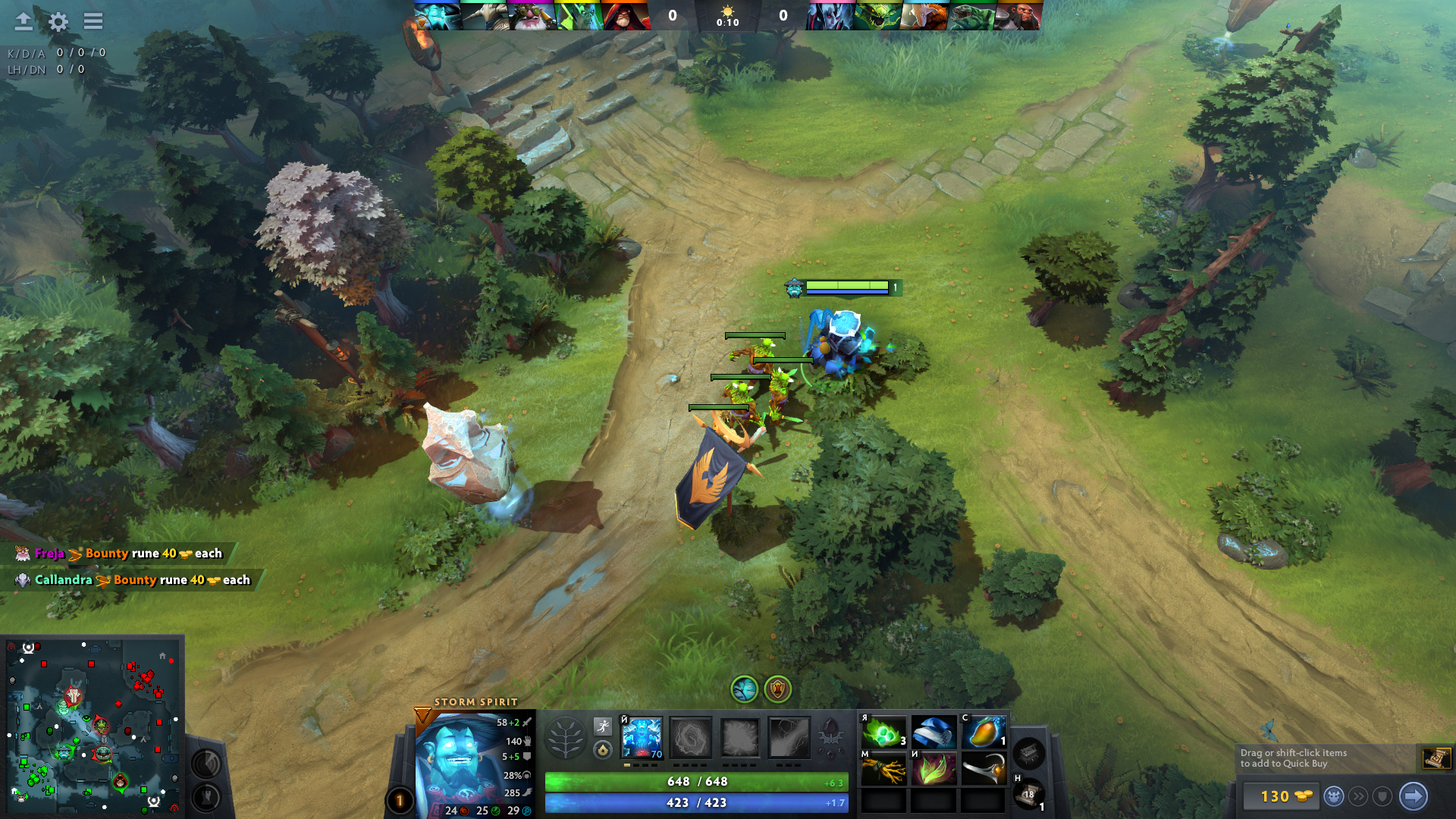
Pulling creeps
Another way to help keep the line in balance or even gain an advantage is to pull creeps. This technique allows players to provoke neutral creeps from their camps and lead them to the line and set them against their own creeps. In this way, allied units will follow the neutrals and fight them. This will help to pull the line in your direction, as well as get rid of your own creeps, preventing enemies from farming them and getting resources for them.
Often, one stack of creeps is not enough, as creep camps near the light line are weak. Therefore, you will need to make a double stack in advance so that neutrals can kill your creeps for sure. Both support and carries can use diversions and stacks to gain additional gold and experience. However, you should keep in mind that the enemy can prevent you from making diversions or use them for their benefit and farm them, which means they will have an advantage.
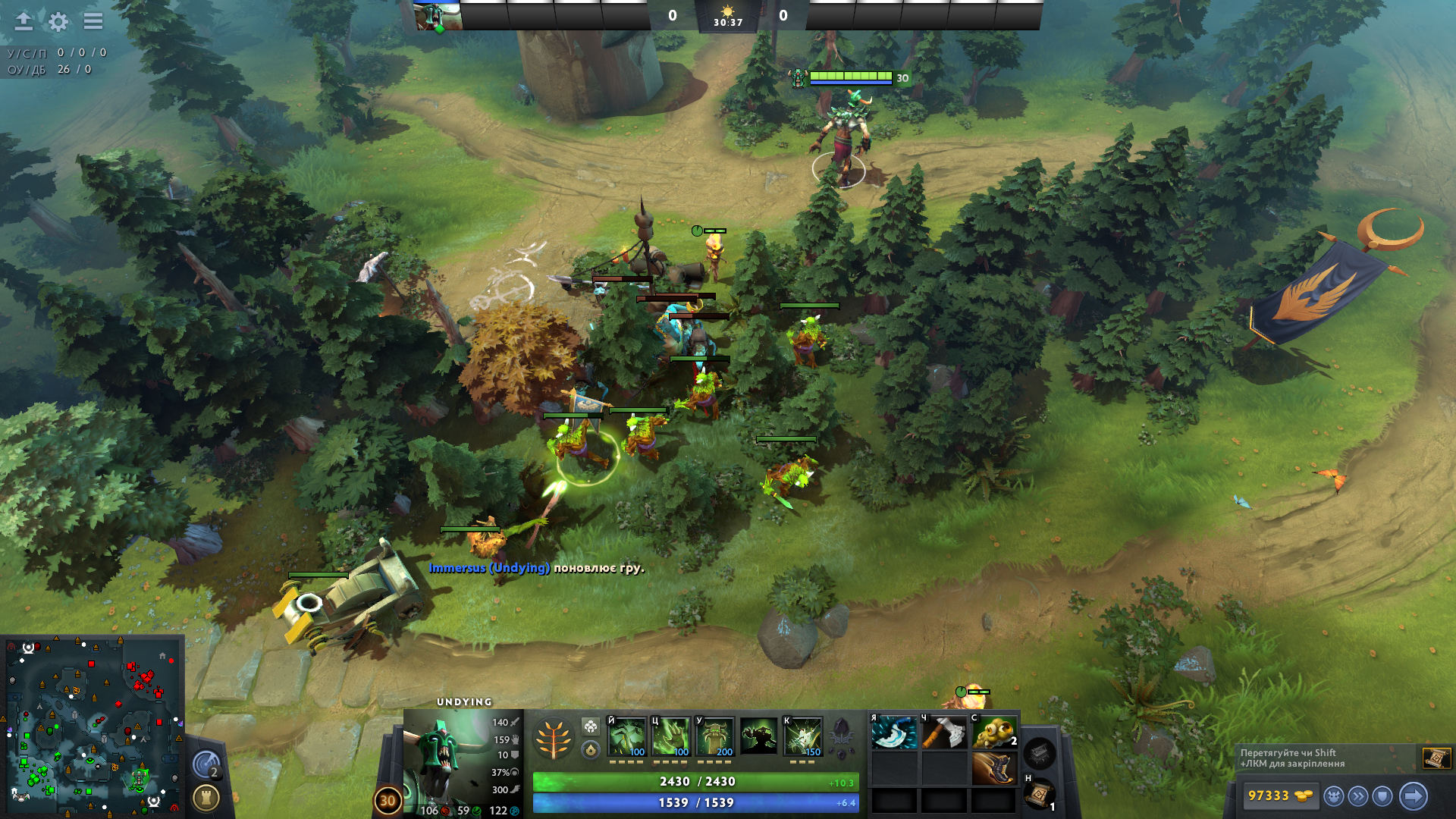

Pushing
While the previous techniques for controlling creeps were about keeping them in a certain zone on the line, push is the act of fighting enemy creeps and moving along the line to destroy enemy towers and buildings on the base. A push is not complete without creeps, since to bypass the defense of enemy towers, you need to have allied creeps or at least one near them. The more units you have during the offensive, the easier it will be to destroy enemy buildings and have "cannon fodder" to which enemy creeps and towers will react.
Some heroes and items have special abilities and effects that allow you to skip the line. Usually, these are various kinds of auras that give bonuses to armor and health regeneration, additional damage, etc.
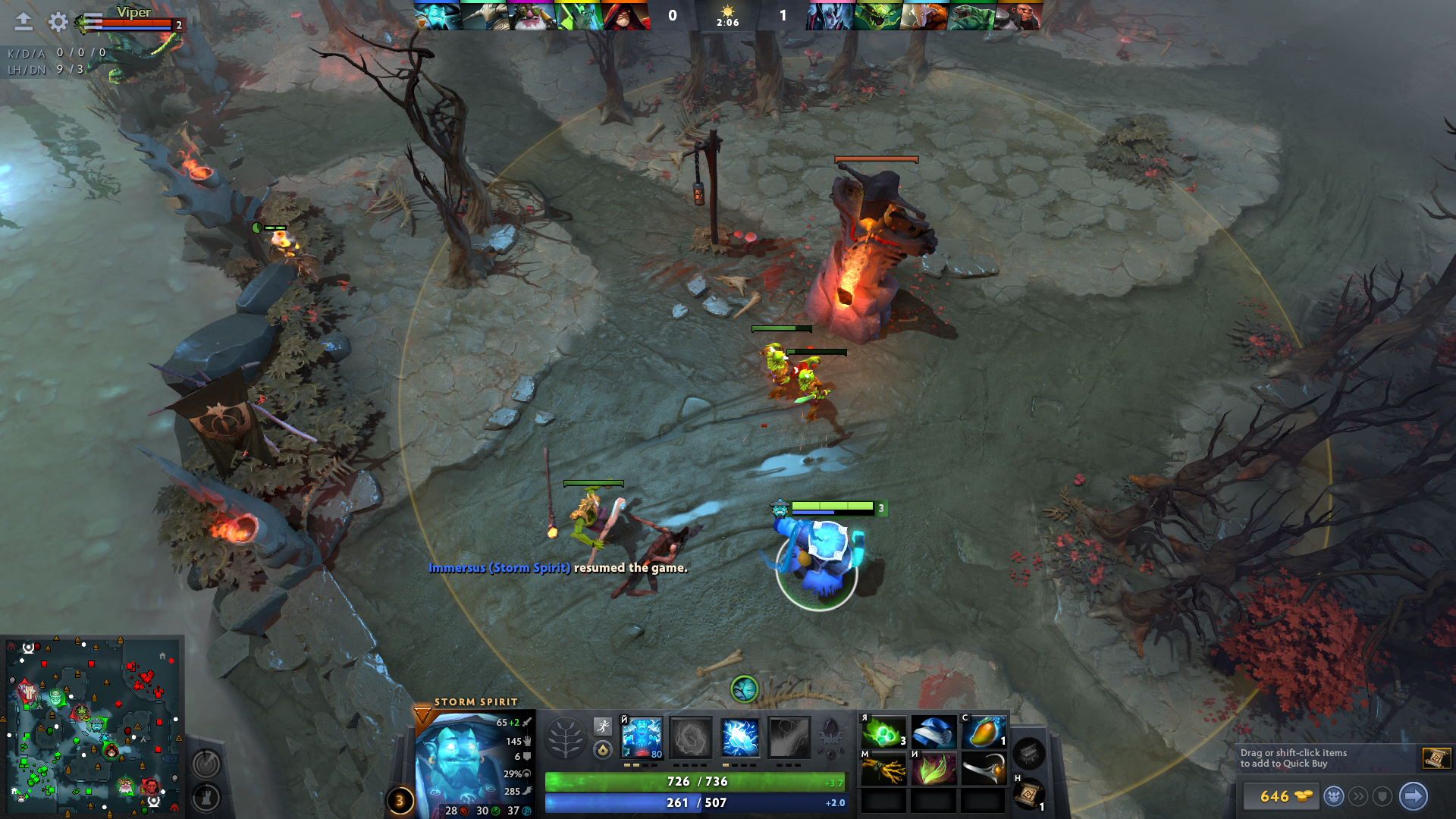
Conclusion
Some techniques are quite difficult to master at once, and therefore not all of them will work out as well as you would like. To do this, you need to practice, because experience comes with time, as well as an understanding of what this or that mechanic is for, how it works, and how best to implement it.







No comments yet! Be the first one to react